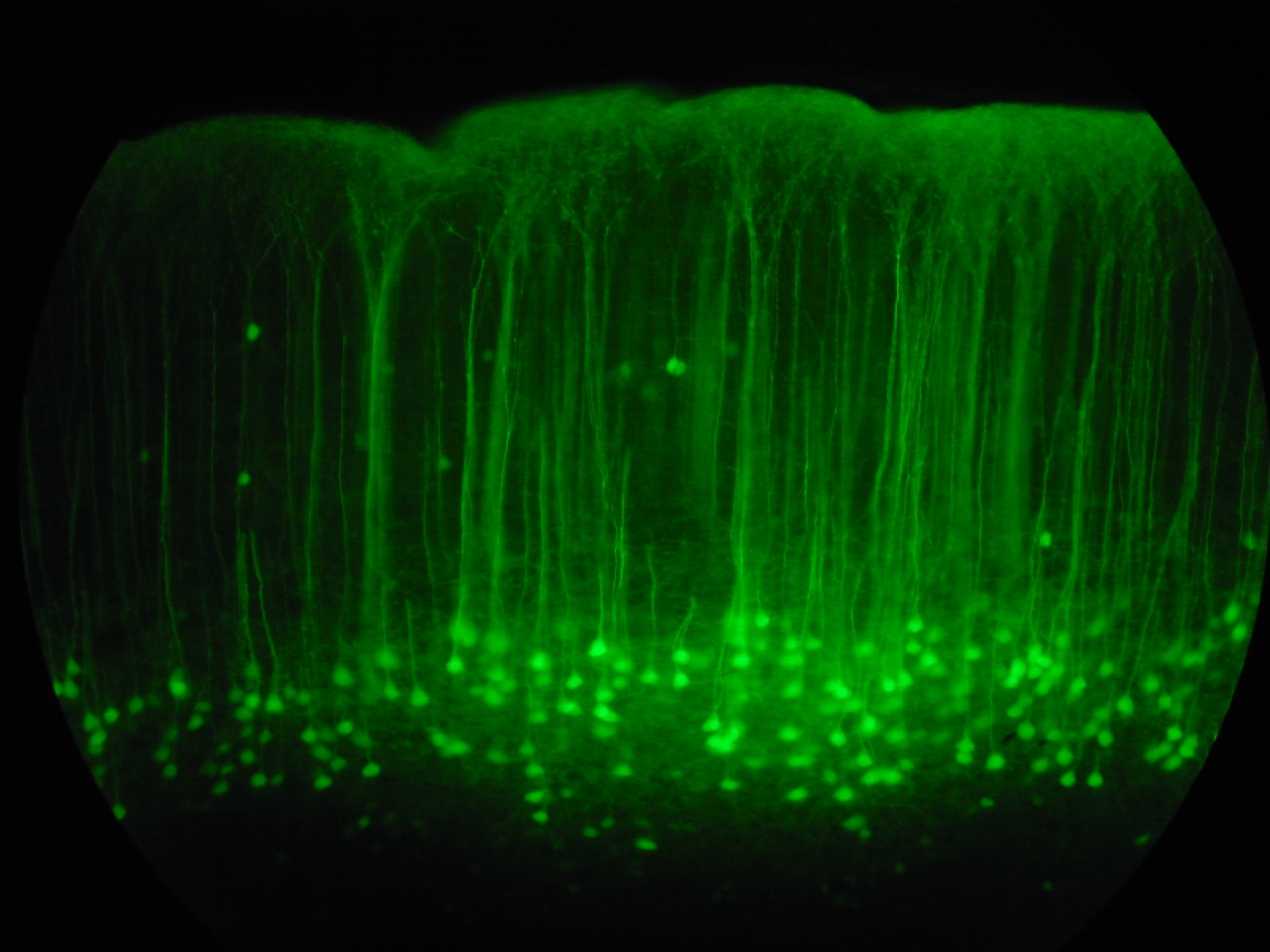Each of us has unique fingerprints and DNA. But now, Yale University researchers have revealed a new identifier: our brains.
Co-author Emily Finn, a Yale neuroscience student, says that we intuitively recognize that we have unique personalities that are easy to observe from the outside, but very tough to observe from the inside. Yet, it is the brain that makes all the difference.
Finn and co-author Xilin Shen, an associate research scientist at Yale, conducted a study of the brain using functional magnetic resonance imaging (fMRI) scans to see the unique “fingerprint” that could distinguish each individual. fMRI scans are essential in this day and age to understanding brain function; they measure brain activity by measuring blood flow in the areas of interest. If activity in that area increases, so does blood flow, and vice versa.
To study how particular parts of the brain function, scientists repeatedly scanned an individual’s brain using fMRIs while the individual performed a particular task. This noninvasive method studies amounts of oxygenated blood flow to certain brain regions using a strong magnetic field—more blood indicates more activity.
Most scans reveal which brain regions work under certain situations. The commonly held notion among scientists, Finn said, was that it made it difficult to get meaningful data from a single individual’s scan.
Finn and Shen wanted to defy conventional thinking.
They scanned the brains of 126 participants in the Human Connectome Project while they performed several different tasks. In order to generate connectivity profiles for each individual, they mapped the connections in the prefrontal cortex and parietal lobes of the brain involved in functions like attention and language. They found that the brain activity profile of each individual was unique.
“The same brain doing two different things always looks more similar than two different brains doing the same thing,” says Finn.
Finn and Shen went a step further by analyzing scans to accurately predict individual test performance, which measures their reasoning and ability to see patterns. They developed a predictive model; then, they tested it 126 times by removing one subject’s profile, and putting the remaining 125 profiles through their model to observe if it correctly predicted the missing subject’s test performance. After comparing the model’s results with actual test results, they found that they were able predict performance in a significant way.
Finn would like to help people through such brain studies. She wants to see if fMRIs could help doctors determine an individual’s risk of developing mental illness and take remedial steps. However, she said that fMRI scans are only used in research settings at present because they are harder from which to obtain practical info. Instead, structural MRIs are used to diagnose problems like tumors or strokes. Finn believes that individual scanning technology like fMRI is a practical solution with long-run benefits.
“I think doing this type of work and pushing the boundaries of what we can get out of one person’s scan… have real-world applicability,” says Finn.
Feature Image Source: Robert Cudmore










